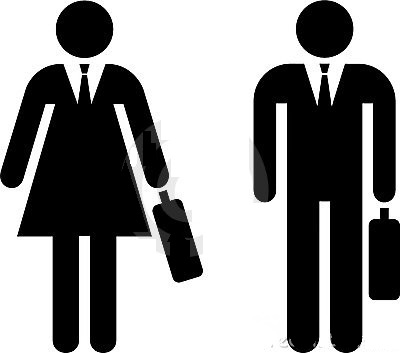44. Illinois
Gov’t. employees, 2017: 13.7% of workforce Gov’t. employment change, 2007-2017 -2.1% (849,300 to 831,100)
State gov’t. spending per capita: $6,429 (21st least)
Population density: 231.1 per sq. mi. (12th highest)
40. Wisconsin
Gov’t. employees, 2017: 13.8% of workforce
Gov’t. employment change, 2007-2017 -2.0% (416,000 to 407,600)
State gov’t. spending per capita: $6,884 (25th most)
Population density: 105.0 per sq. mi. (23rd highest)
39. Ohio
Gov’t. employees, 2017: 14.2% of workforce
Gov’t. employment change, 2007-2017 -1.9% (797,700 to 782,200)
State gov’t. spending per capita: $6,803 (24th least)
Population density: 282.3 per sq. mi. (10th highest)
37. Minnesota
Gov’t. employees, 2017: 14.5% of workforce
Gov’t. employment change, 2007-2017 +2.3% (414,600 to 424,200)
State gov’t. spending per capita: $7,832 (14th most)
Population density: 66.6 per sq. mi. (20th lowest)
42. Michigan
Gov’t. employees, 2017: 13.8% of workforce
Gov’t. employment change, 2007-2017 -7.9% (655,700 to 604,000)
State gov’t. spending per capita: $6,815 (25th least)
Population density: 174.8 per sq. mi. (17th highest)
43. Indiana
Gov’t. employees, 2017: 13.7% of workforce
Gov’t. employment change, 2007-2017 -1.1% (431,100 to 426,500)
State gov’t. spending per capita: $5,651 (13th least)
Population density: 181.0 per sq. mi. (16th highest)
NFFE
National Federation of
Federal Employees
Chicago, IL
While Federal Employees Gain the Most National Attention, They are a Minority among Government Workers
Only 12.6% of government jobs are at the federal level
States Where the Most People Work for the Government
By Charles Stockdale May 22, 2017
While federal workers tend to gain the most national attention, they are a minority among government employees. The vast majority of government employees – 64.5% – actually work at the local level. This includes employees that comprise the administrative organization and management of cities, counties, and districts, as well as workers who help maintain public services such as education and waste management. In comparison, only 12.6% of government jobs are at the federal level.
One trait shared by the states with high government employment is that they tend to have especially low levels of population density. Alaska, which has the second highest share of government employees, has the lowest population density in the country with only 1.2 people per square mile. Wyoming, which has the largest concentration of government workers, has the second lowest population density among states, with only 5.8 people per square mile. These two states also have relatively small workforces in general. Due to the many basic societal services provided by government, such jobs will be needed in sparsely populated states as well as densely populated ones. Larger populations do not necessitate a proportional number of government jobs, however.
States with lower government employment, such as Massachusetts, Rhode Island, and Pennsylvania, tend to be much more densely packed. Rhode Island, for example, has 1,018.1 people per square mile.
In 31 states, a higher share of workers is employed by the government today compared to a decade ago. Among the 10 states with the greatest shares of those working in government, the percentages have increased in every state except for New Mexico. The opposite trend can be seen among the 10 states with the lowest share of government workers. In 8 of the 10 states, government employment as a share of total jobs has declined.
To determine government employment at the state, local, or federal level as a share of all jobs in each state, 24/7 Wall St. used employment data from the Bureau of Labor Statistics (BLS) for 2016. The percentage of the population working in a particular industry is relative to the state’s total nonfarm payrolls. State employment-to-population ratios are also from the BLS. Population density is from the U.S. Census Bureau’s 2015 American Community Survey.

